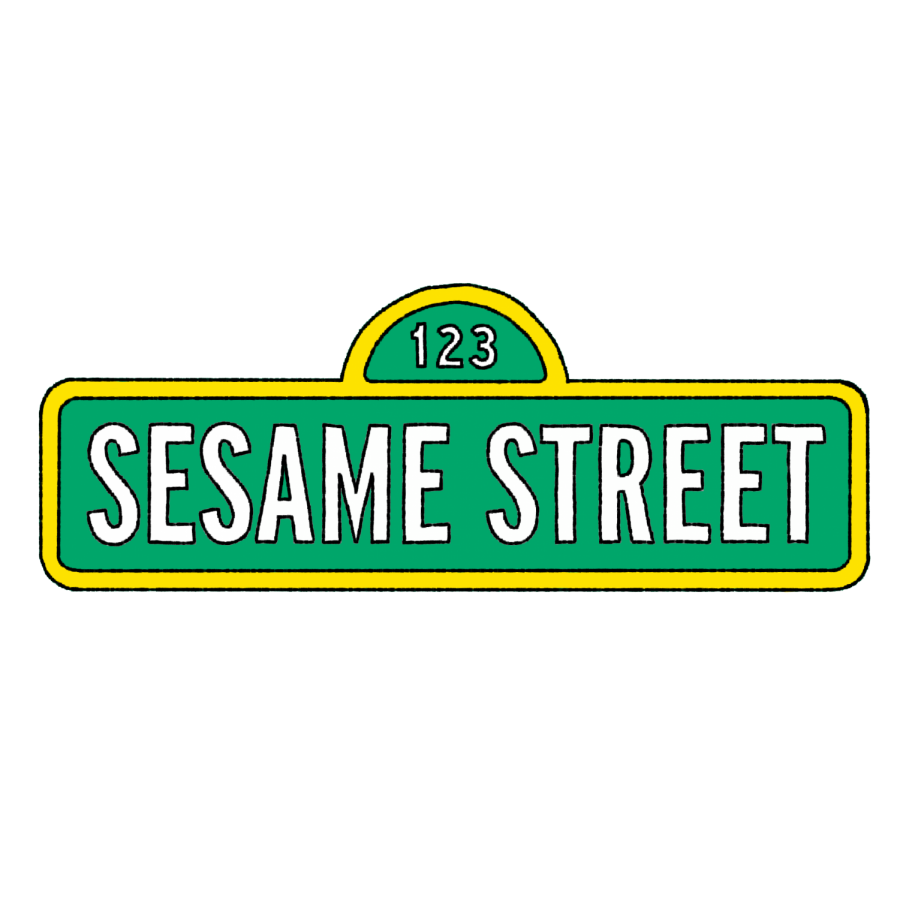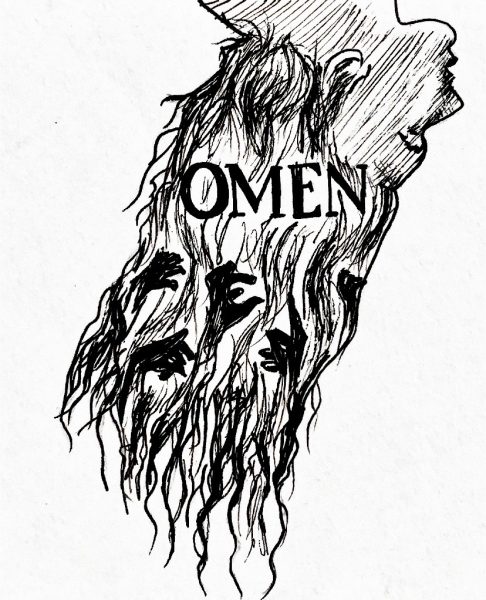The problem with Sesame Street’s approach to anti-racism
Last month, Sesame Street aired an episode titled, “The Power of We,” meant to teach children about anti-racism. The half-hour episode begins by defining racism and goes through a series of racist incidents between the Muppets. Though I was initially excited, because they so explicitly mentioned racism, I was disappointed by what the anti-racist conversation didn’t mention, but instead, alluded to.
Sesame Street has always been at the forefront of important issues. In the 1980s, a blind Muppet named Ari taught children what it was like to navigate the world as a blind person. In 2002, Kami, an HIV positive Muppet, was introduced in the South African version of Sesame Street in order to reduce the stigma around HIV-positive people. In 2017, a four-year-old puppet with autism was introduced as part of the show’s “Sesame Street and Autism: See Amazing in All Children.” It wasn’t surprising to hear that this timeless children’s show was choosing to talk about anti-racism. Though some parts of the episode discussed racism explicitly, there was one segment in particular that completely and blatantly catered to White comfort.
The segment goes something like this: A Black Muppet begins singing about racism in a song titled, “How Do You Know?” The eight-year-old Muppet, Tamir, sings to Elmo, “Hey, Elmo, how would you feel if I said, ‘I don’t like you ‘cause I don’t like the color red?‘” Elmo responds to Tamir’s question with, ”Elmo wouldn’t care what you said ’cause Elmo is proud, proud to be red!” The song concludes with, “Speak up. Say something. Don’t give in.”
There are several issues with this scene, but let’s start off with the most obvious. I naively presumed that Elmo was going to talk about racism and anti-Blackness that Tamir endured because, you know, Elmo is a red Muppet. Instead, Tamir was the one asking Elmo about a hypothetical situation where Elmo would be discriminated against because of his skin color. Tamir’s line is another version of, “I don’t care if you’re Black, White, purple, red;” a line which is used by people who refuse to acknowledge the consequences of systemic racism, but instead merge all racial identities into one.
Though this episode was meant to be about anti-racism, Sesame Street caters to White supremacy and White comfort by avoiding the topic of anti-Blackness and completely undermining the weight of systemic racism, so much so that they believed a red puppet would serve as an appropriate vessel to discuss real children’s experiences with colorism. Even worse, this scene between Tamir and Elmo feeds into the notion that Black people are supposed to be strong for everyone else around them without ever receiving comfort themselves. It fetishizes the notion of renewable Black strength and power, all for a silly hypothetical that has no consequences in the real world.
Black children had their experiences invalidated and undermined by a red Muppet named Elmo, but more so at fault are the real-life people who chose cowardice over being honest with their audience. What else does this segment teach children? It teaches them that the terms ‘people of color’ and ‘Black’ are inseparable and therefore exist as a monolith that live through the exact same discrimination. It teaches children that their experiences are not a result of the system working against them, and by understanding Elmo’s imaginary discrimination, they are able to understand real-life anti-Blackness and racism.
Children don’t need a red Muppet to stand in place of characters who look like them. They are capable of understanding racism as it affects them in real life. For a show that prides itself on diversity and having difficult discussions, Sesame Street failed children of color.
Sesame Street’s attempt to talk about anti-racism is proof that real-life issues and make-believe environments intersect. In this episode, it was evident that the writers of the much adored Sesame Street couldn’t recognize how White supremacy was preventing their episode from creating a productive conversation. Children don’t need Elmo as a vessel for their trauma; they need adults who take them seriously enough to openly talk about social issues that affect them.











